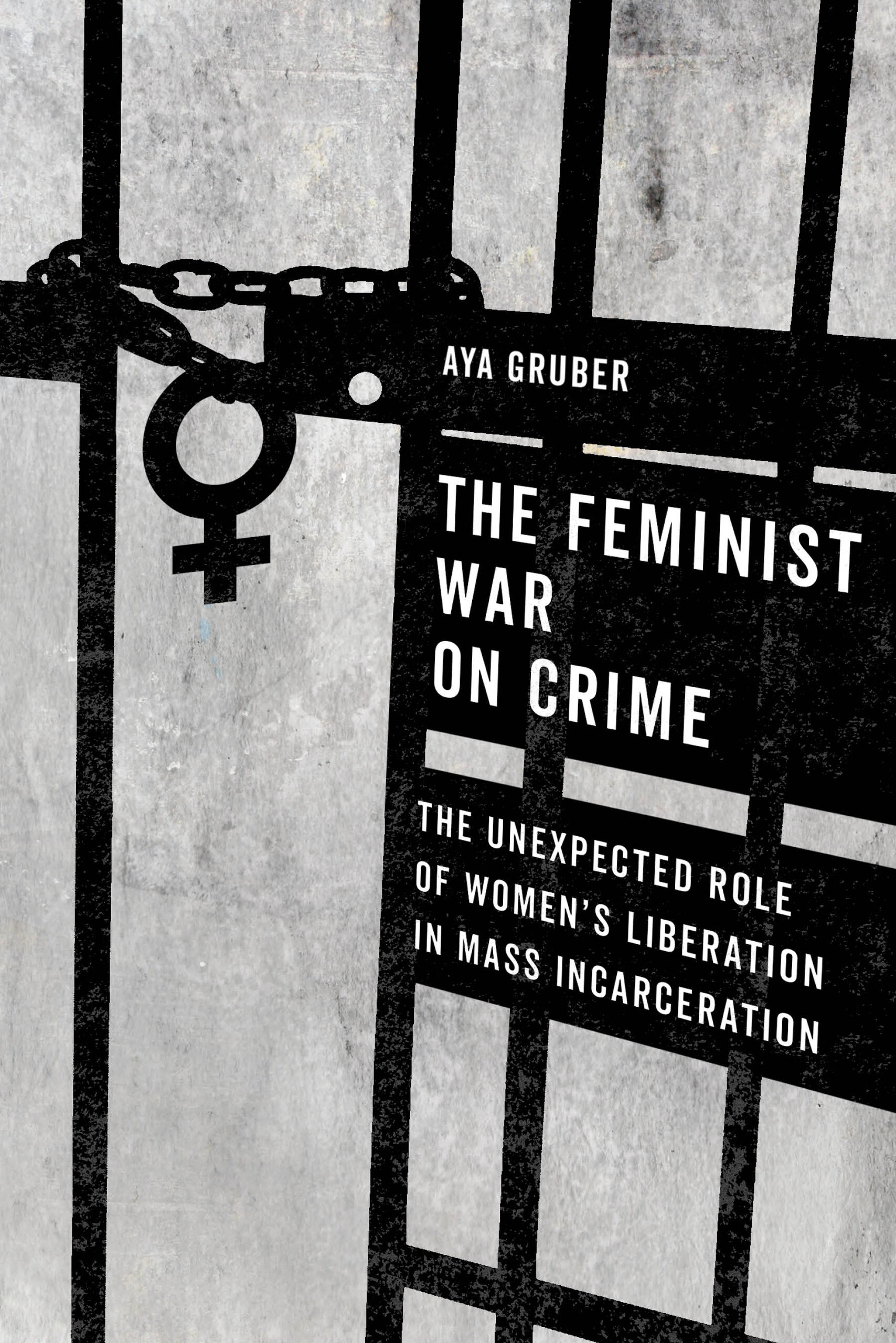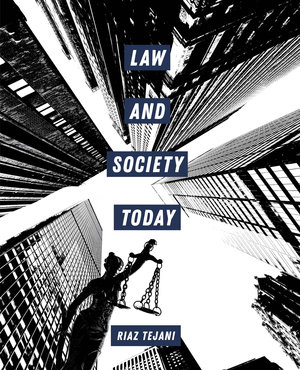Explore our groundbreaking books that facilitate teaching across disciplines. To request an exam copy, click on “Request an Exam or Desk Copy” on the book page, and this will take you to our distributor’s site where you can order your copy.
COMING MARCH 2021: Gendering Criminology: Crime and Justice Today by Shelly Clevenger and Jordana N. Navarro
Gendering Criminology provides a contemporary guide for understanding the role of gender in criminal engagement and experiences as well as reactions to these offenses among laypersons and agents of social control. The textbook provides evidence for the argument that gender socially situates people in their risks for criminal engagement, victimization, and what occurs in the aftermath of crime: arrest, the judicial process, and sentencing. Aside from investigating the role of men and women, the authors also explore the experiences of LGBTQIA+ communities involved in or working within the criminal-legal system. The volume provides a comprehensive account of various offenses—violent and nonviolent—and individual motivations, drives, and methods, to help students develop the skills they need to work as professionals in and around the criminal-legal system.
Key features:
- Applies theoretical concepts to real-life applications, media bytes, and case studies
- Includes new and timely information regarding gender and online victimization
- Provides an overview of each topic within eleven chapters, delving into the literature in each area
- Promotes active learning activities in each chapter to fully immerse and engage students in the material
Criminology Explains Police Violence by Philip Matthew Stinson, Sr.
Criminology Explains Police Violence offers a concise and targeted overview of criminological theory applied to the phenomenon of police violence. In this engaging and accessible book, Philip M. Stinson, Sr. highlights the similarities and differences among criminological theories, and provides linkages across explanatory levels and across time and geography to explain police violence.
This book is appropriate as a resource in criminology, policing, and criminal justice special topic courses, as well as a variety of violence and police courses such as policing, policing administration, police-community relations, police misconduct, and violence in society. Stinson uses examples from his own research to explore police violence, acknowledging the difficulty in studying the topic because violence is often seen as a normal part of policing.
Alt-Right Gangs: A Hazy Shade of White by Shannon E. Reid and Matthew Valasik
Alt-Right Gangs provides a timely and necessary discussion of youth-oriented groups within the white power movement. Focusing on how these groups fit into the current research on street gangs, Shannon E. Reid and Matthew Valasik catalog the myths and realities around alt-right gangs and their members; illustrate how they use music, social media, space, and violence; and document the risk factors for joining an alt-right gang, as well as the mechanisms for leaving. By presenting a way to understand the growth, influence, and everyday operations of these groups, Alt-Right Gangs informs students, researchers, law enforcement members, and policy makers on this complex subject. Most significantly, the authors offer an extensively evaluated set of prevention and intervention strategies that can be incorporated into existing anti-gang initiatives. With a clear, coherent point of view, this book offers a contemporary synthesis that will appeal to students and scholars alike.
NEW IN PAPERBACK: The Feminist War on Crime: The Unexpected Role of Women’s Liberation in Mass Incarceration by Aya Gruber
Deploying vivid cases and unflinching analysis, The Feminist War on Crime documents the failure of the state to combat sexual and domestic violence through law and punishment. Zero-tolerance anti-violence law and policy tend to make women less safe and more fragile. Mandatory arrests, no-drop prosecutions, forced separation, and incarceration embroil poor women of color in a criminal justice system that is historically hostile to them. This carceral approach exacerbates social inequalities by diverting more power and resources toward a fundamentally flawed criminal justice system, further harming victims, perpetrators, and communities alike.
In order to reverse this troubling course, Gruber contends that we must abandon the conventional feminist wisdom, fight violence against women without reinforcing the American prison state, and use criminalization as a technique of last—not first—resort.
NEW IN PAPERBACK: Smoke but No Fire: Convicting the Innocent of Crimes that Never Happened by Jessica S. Henry
Smoke but No Fire tells the heartbreaking stories of innocent people convicted of crimes that simply never happened. A suicide is mislabeled a homicide. An accidental fire is mislabeled an arson. Corrupt police plant drugs on an innocent suspect. A false allegation of assault is invented to resolve a custody dispute. With this book, former New York City public defender Jessica S. Henry sheds essential light on a deeply flawed criminal justice system that allows—even encourages—these convictions to regularly occur. Smoke but No Fire promises to be eye-opening reading for legal professionals, students, activists, and the general public alike as it grapples with the chilling reality that far too many innocent people spend real years behind bars for fictional crimes.
Law and Society Today by Riaz Tejani
Law and Society Today is a problem-oriented survey of sociolegal studies, with a unique emphasis on recent historical and political developments. Whereas other texts focus heavily on criminal procedure, this book foregrounds the significant changes of the 2000s and 2010s, including neoliberalism, migration, multiculturalism, and the large influence of law and economics in law teaching, policy debates, and judicial decision-making.
Each chapter presents key concepts, real-world applications, and hypothetical problems that allow students to test comprehension. With an integrated approach to theory and practice and written in an accessible tone, this text helps students recognize the dynamic forces that shape the way the law is constructed and implemented, particularly how law drives social inequality.





